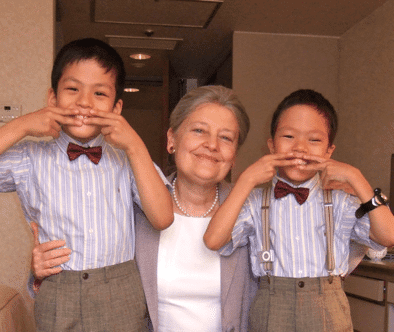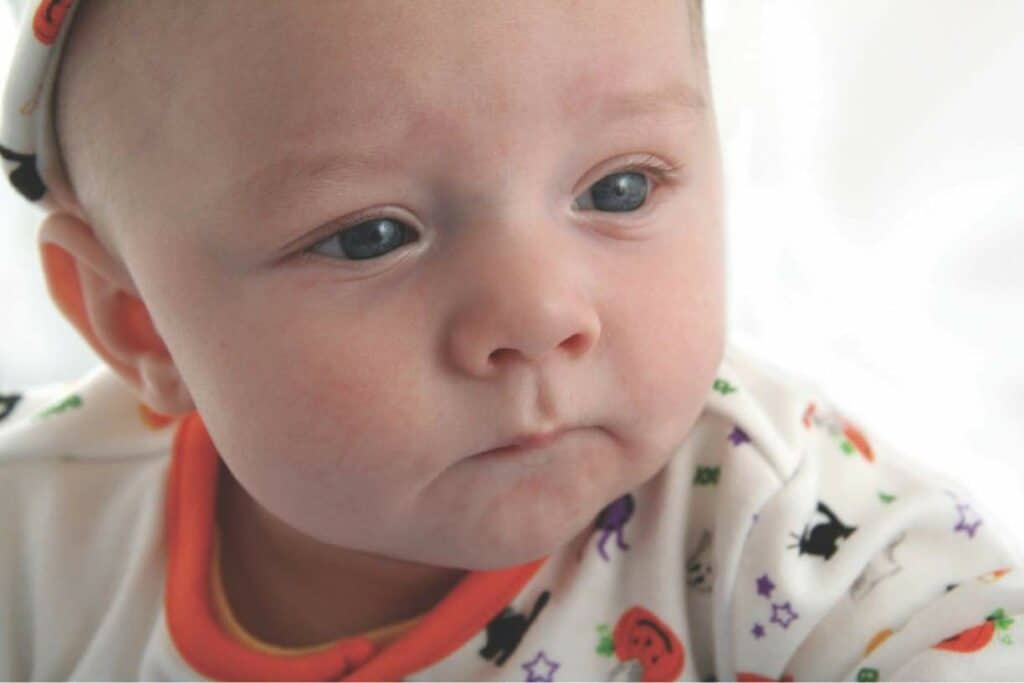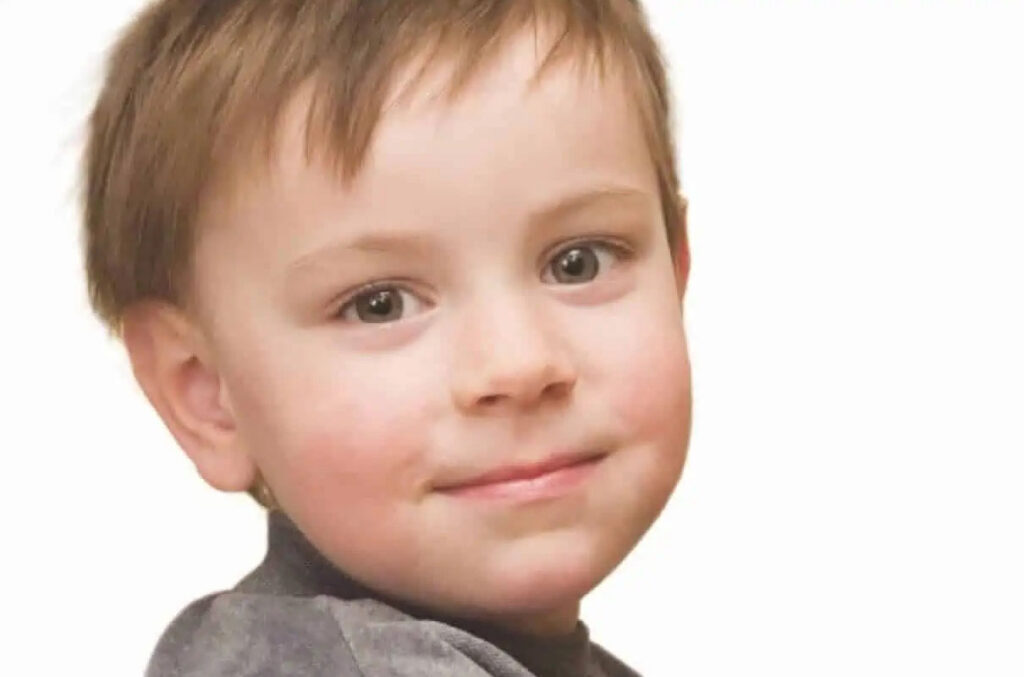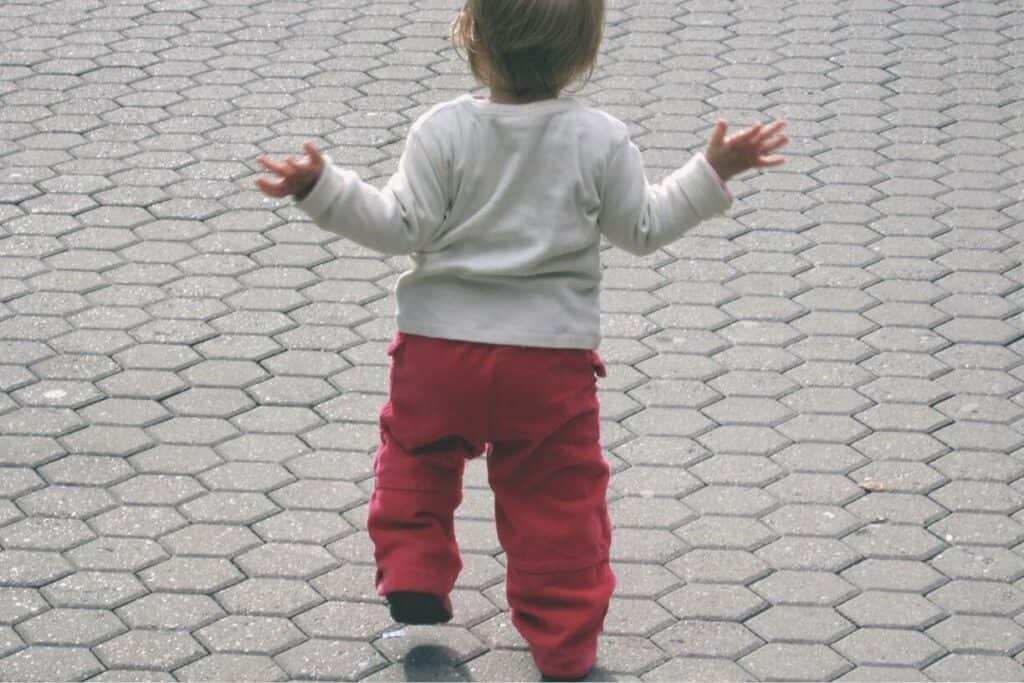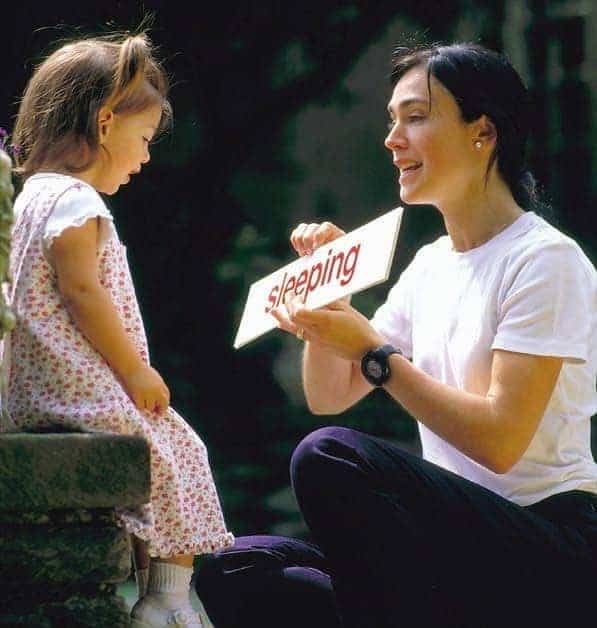Hearing
Before we as human beings can learn to understand spoken language, we must be able to hear that language. The lack of this ability seriously impairs our ability to function as complete human beings, since the normal developmental sequence of speech is dependent upon the capability of hearing and interpreting language.
The children who achieved this victory were deaf when they began the program. They were unable to respond to sounds. Since their last evaluation they have achieved the ability not only to hear sounds, but also to respond to 10 to 25 words of speech and to follow simple directions.
Of the 175 children who were deaf, 146 (83%) heard for the first time. (They ranged in age from 8 months to 22 years 1 month.)
Hearing

Of the 175 children who were deaf
83%
146 heard for the first time


